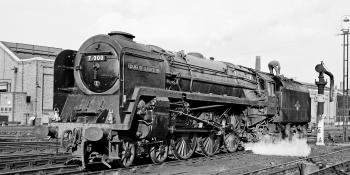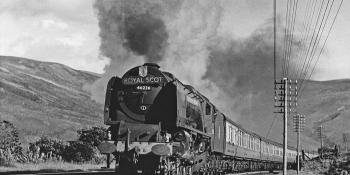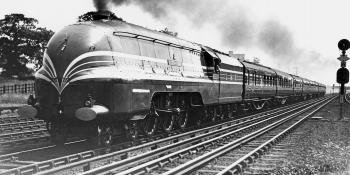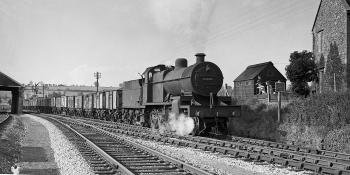The massive Beyer-Garratt articulated locomotives achieved a fair amount of success overseas but were never popular in Britain. EVAN GREEN-HUGHES looks at the history of the LMS variant and discovers why they never took off here.

Above: LMS Garratt 47982 passes Chesterfield with a Down coal train on June 5 1957. Gordon Hepburn/Rail Archive Stephenson.
During the Victorian era the infrastructure of Britain changed forever. An economy based on small towns and villages was overtaken by one dominated by huge cities housing hundreds of thousands of people. These cities also contained factories and workshops, which between them employed the bulk of the population.
One of the reasons why such expansion had been possible was the growth of the railway system as trains could bring in raw materials and fuel and could also transport finished goods. The population relied on the railway for essentials such as food and milk as there was no suitable land left which could be used to provide such commodities.
Consequently business expanded at a steady rate, with one of the major flows to the cities being of coal, which was at the time used to heat almost every house and which also provided the energy for the boilers of all the factories. The Mi…





